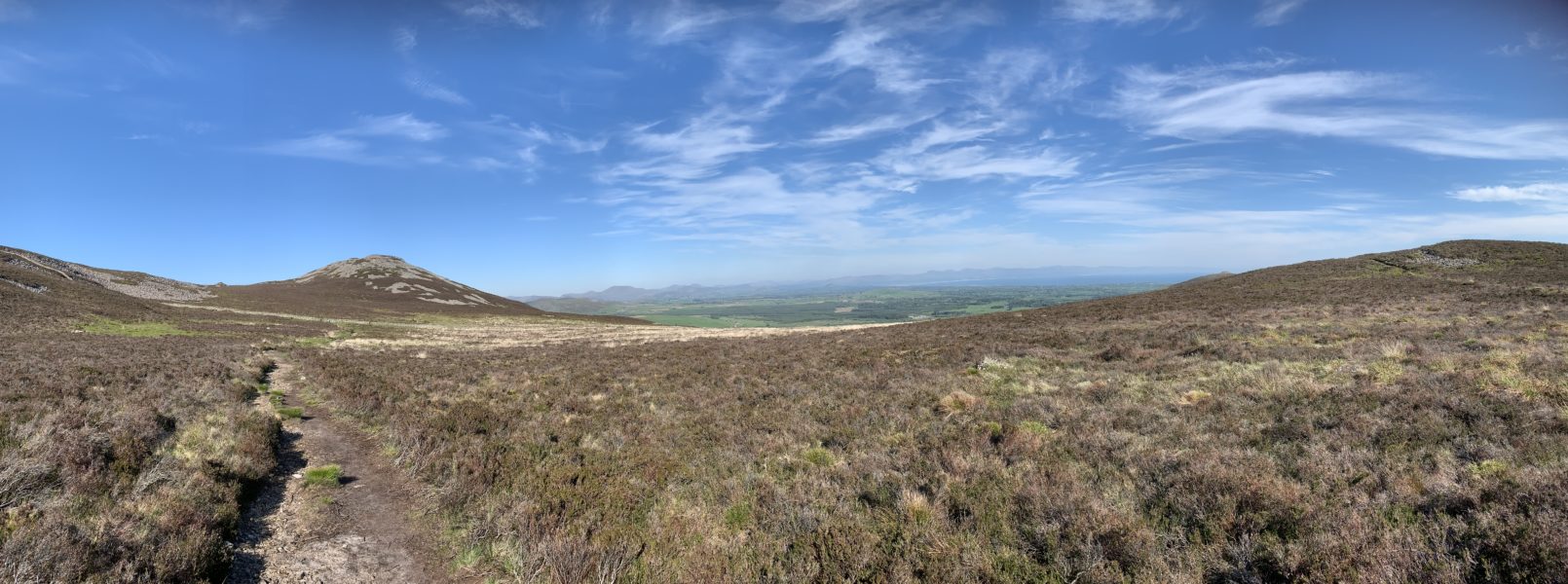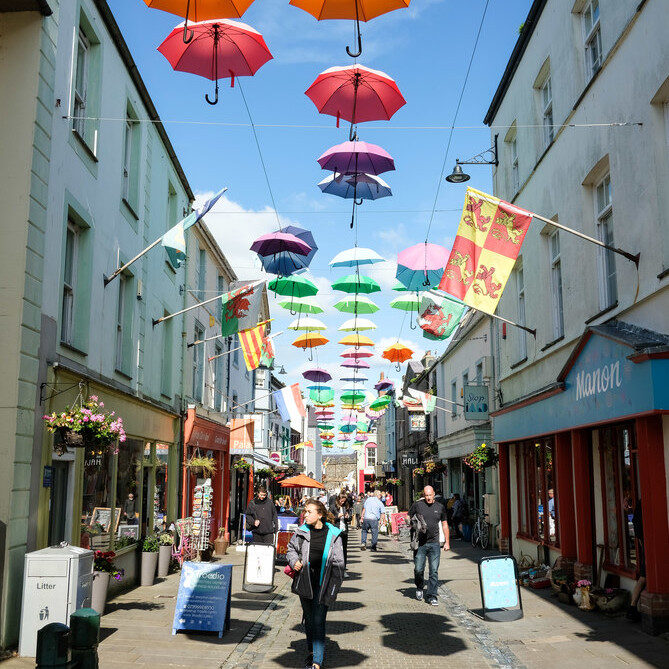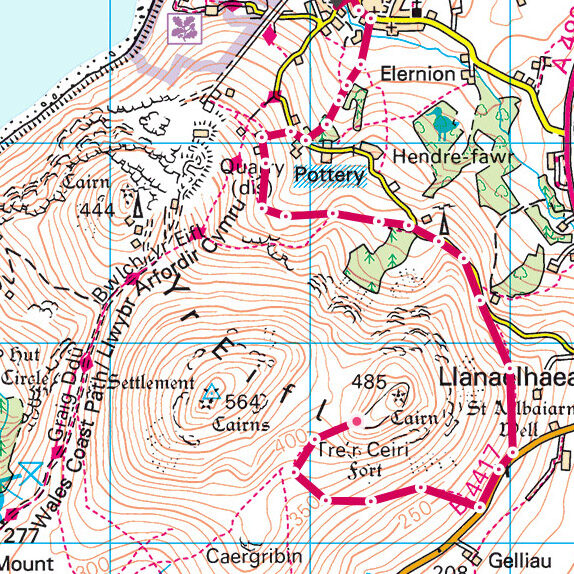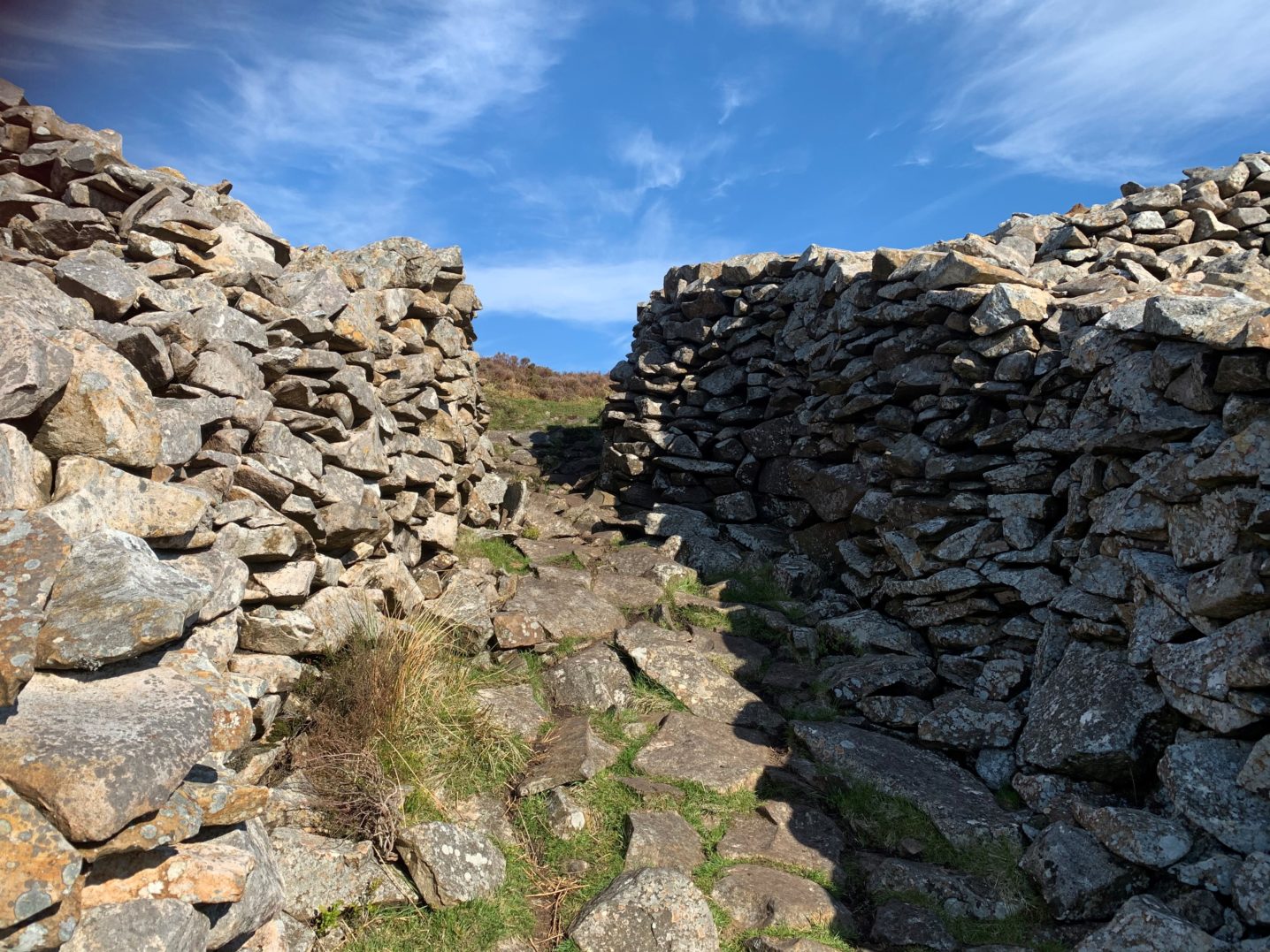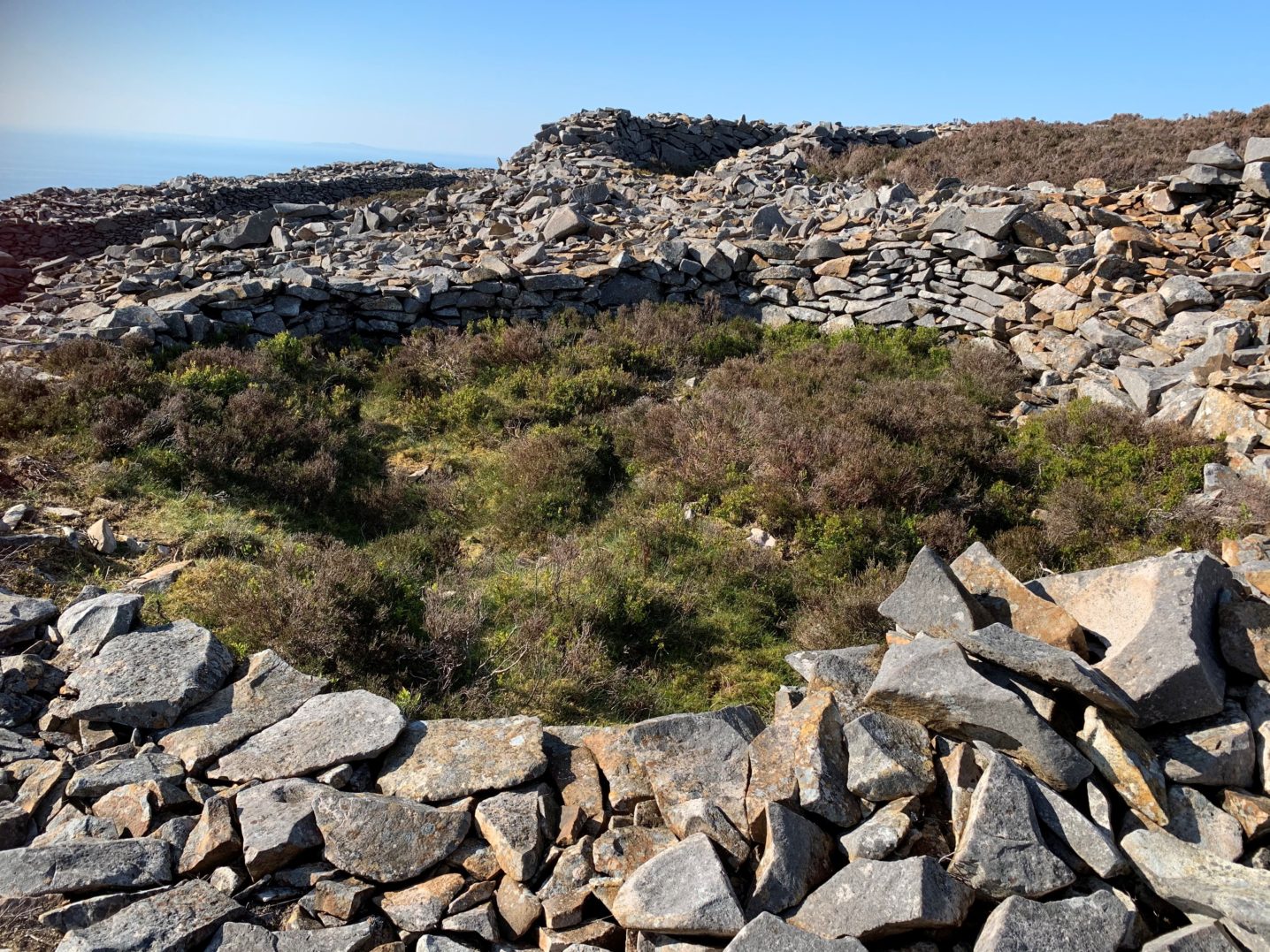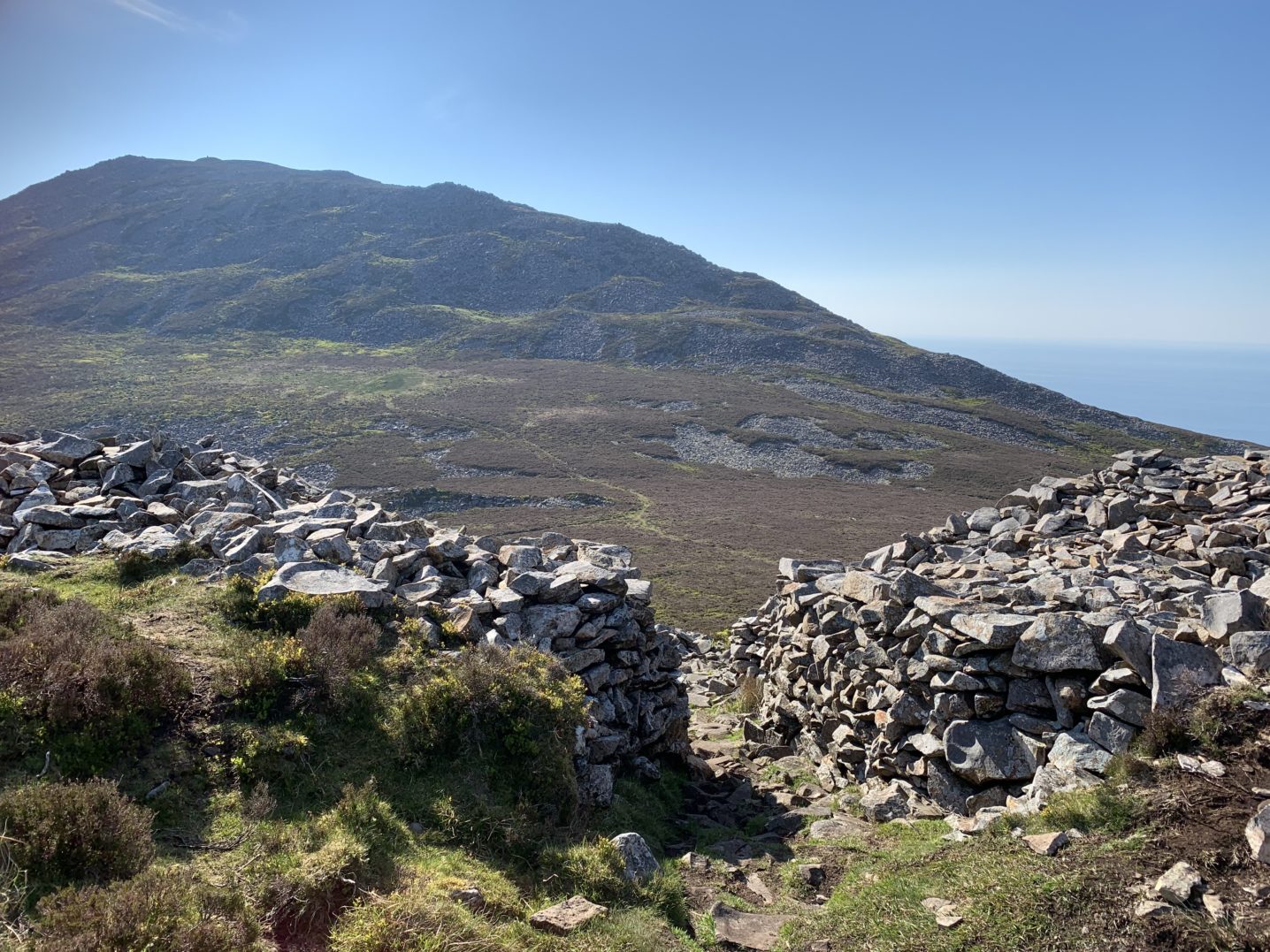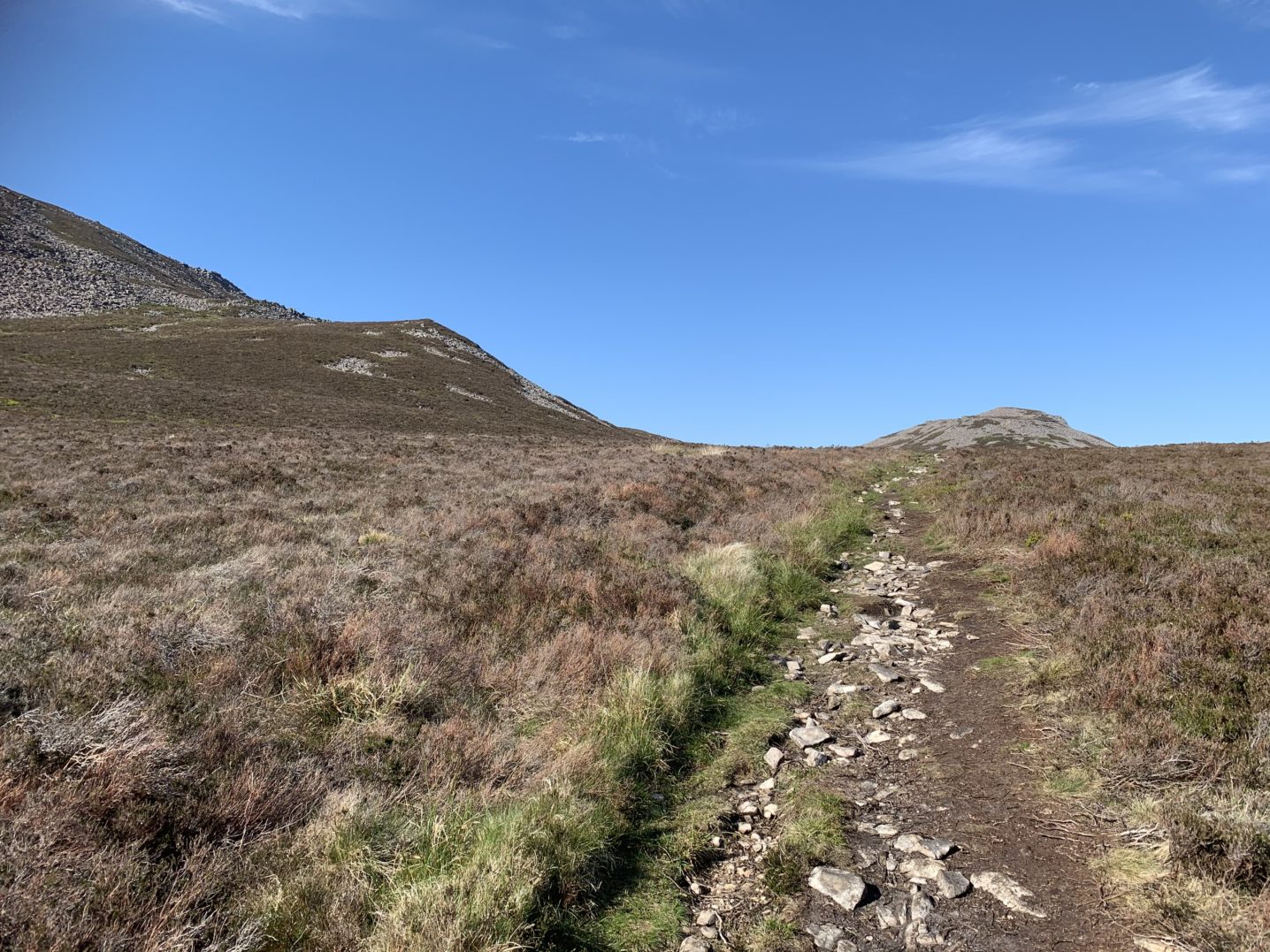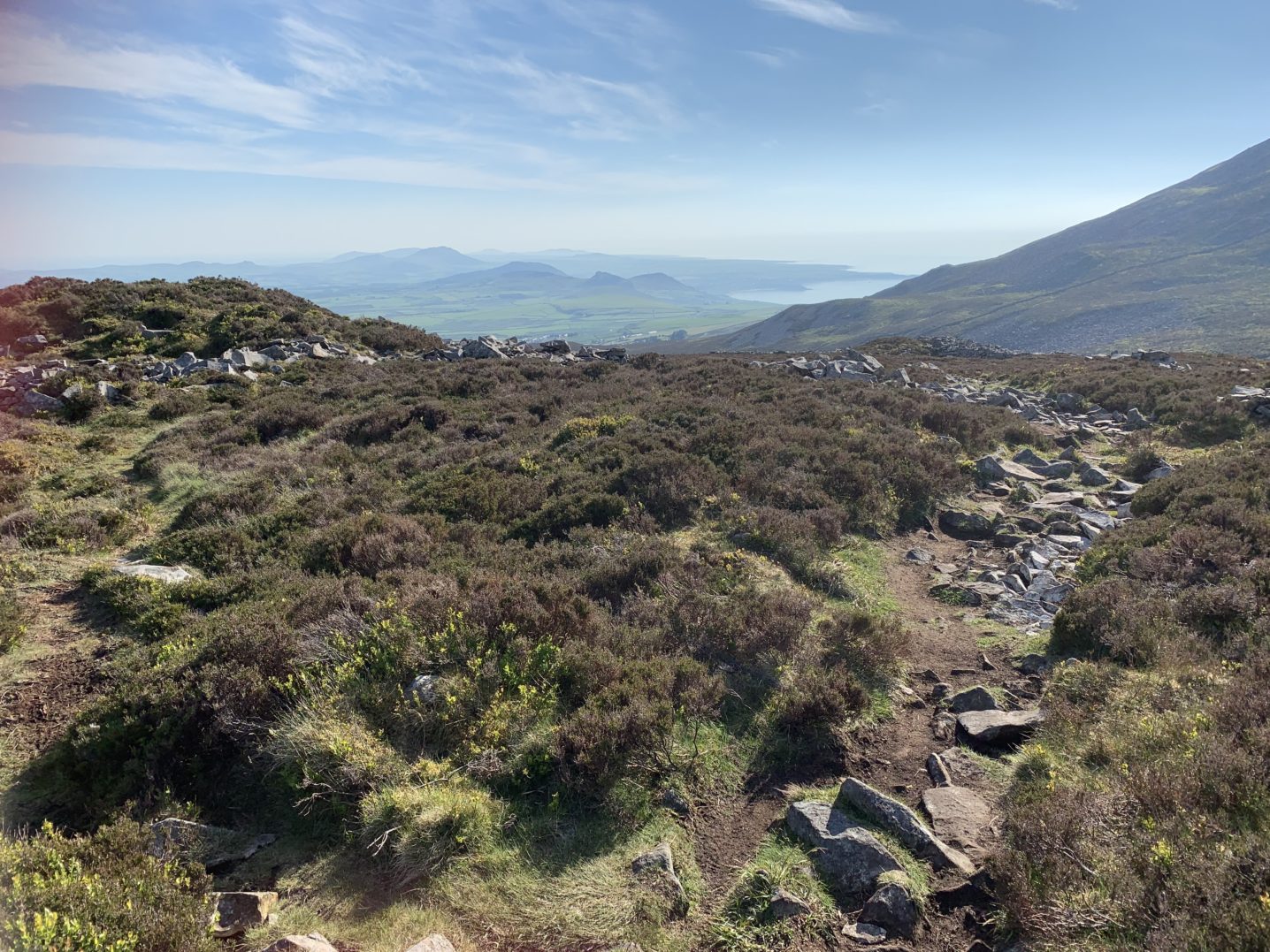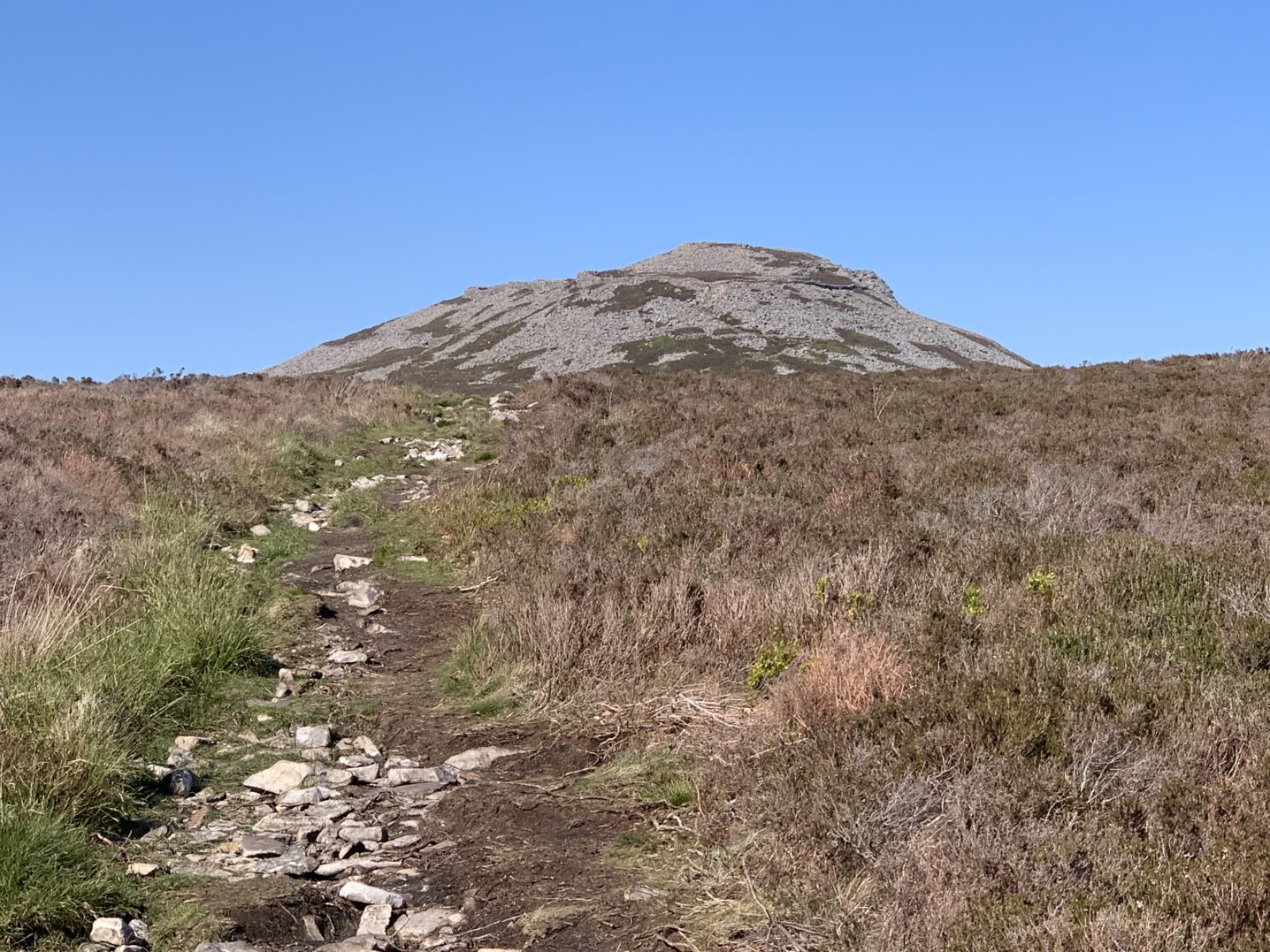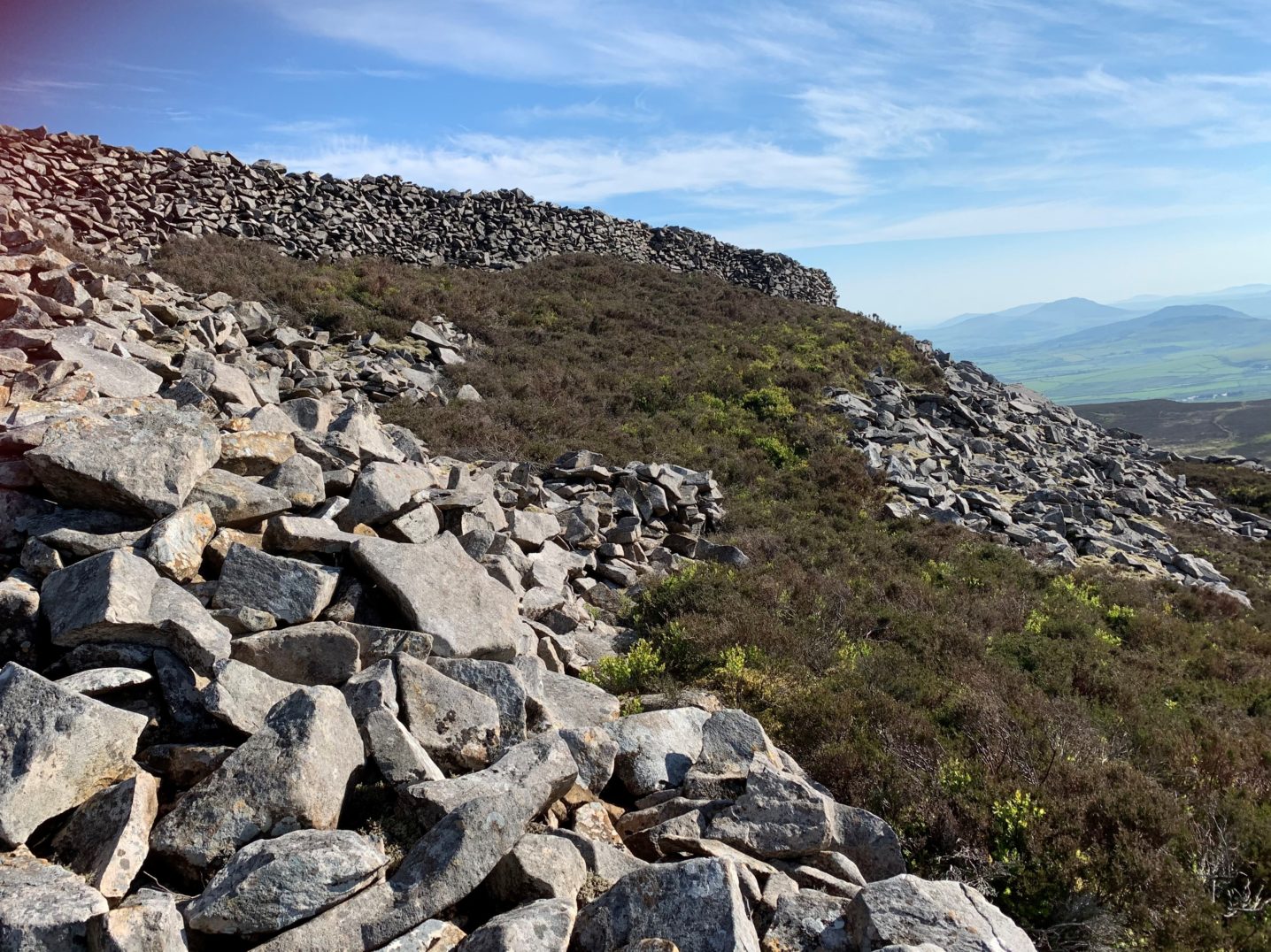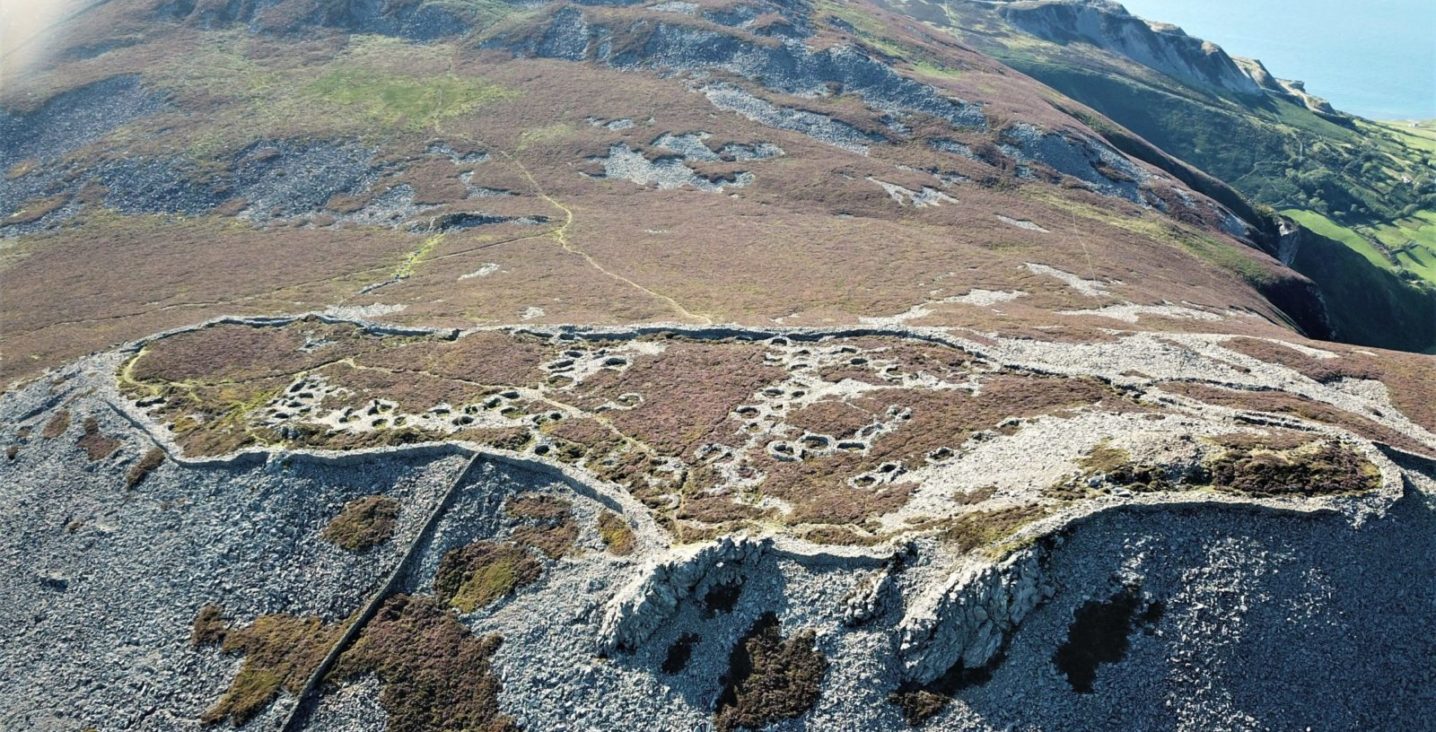The Tre'r Ceiri hillfort
I love it, I hope you do too
I love it, I hope you do too
The Tre'r Ceiri hillfort
An amazing spot to view the landscape
Just an hour's walk from our cottage in Trefor, is the majestic Tre'r Ceiri hillfort standing 450 metres above sea on an exposed peak of Yr Eifl. As one of the best preserved and most densely occupied hillforts in Britain, it is a wonderful place to take a leisurely walk, which in itself is worthwhile, following the meandering trail up the hillside. What awaits is a still majestic fortified settlement stretching back over 2,000 years.
For me these ancients settlements are more engaging and interesting than the large brash monuments like Stonehenge. These are more real, and you can let your imagination wander as you cross the protective ditch and stoop beneath the lintel still remaining through the impressive defensive stone wall still several feet thick. Walk in the footprints of the riginal inhabitants from 400BC.
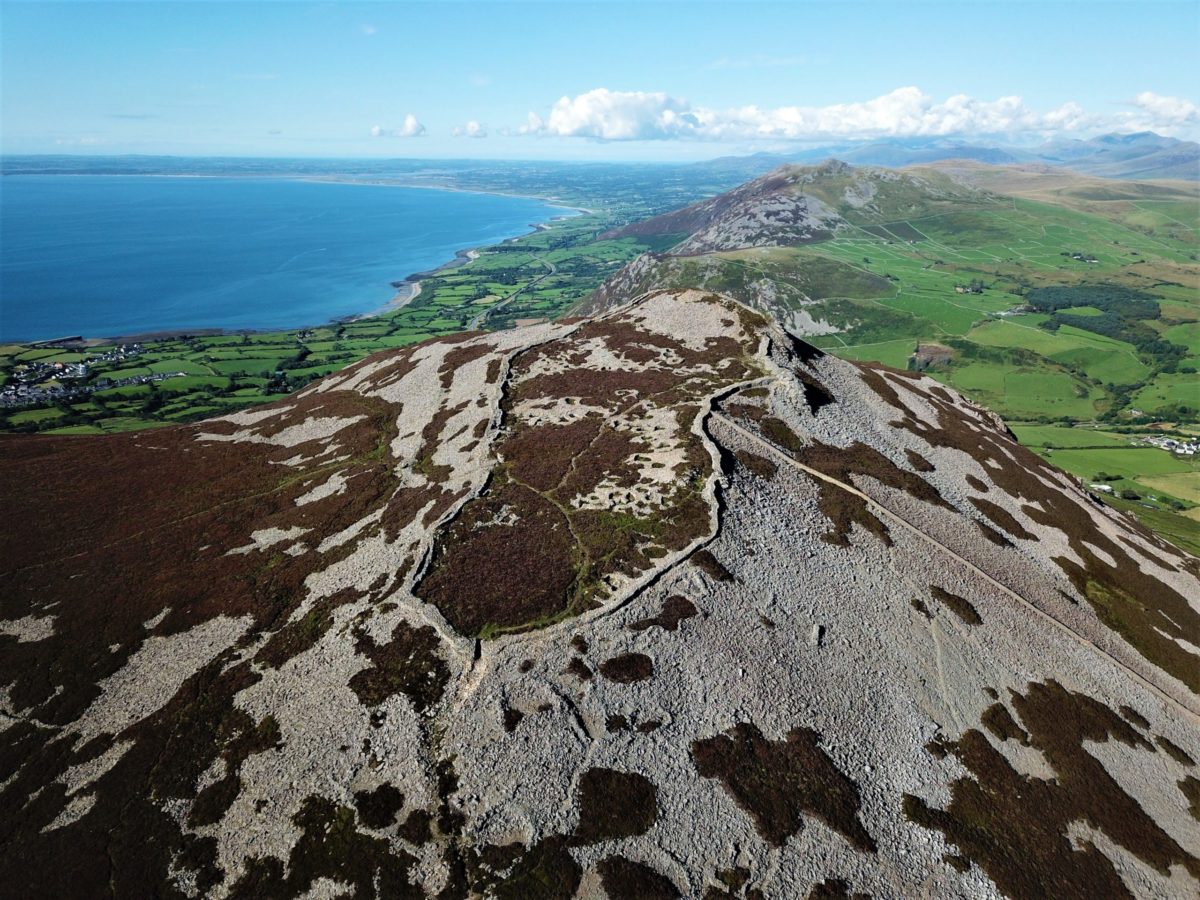
Wandering undisturbed through ancient history
Wandering undisturbed through ancient history
What I love about monuments such as this is the lack of signs, of boards explaining the history of the site and of course the entrance fee.
I prefer being able to explore and not feel like I have to know everything, absorbing the beauty of the landscape, the location and the feel of this haunting, ghostly place. Where people lived a life in this sparse landscape, protecting themselves through the hard labour that these defences and stone dwellings would have taken.
In places the ramparts are near full height and over a metre thick with the still visible footings of over 150 stone houses.
Earlier still has been found signs of early Bronze Age activity within its walls.
A few interesting points:
- A spring immediately outside the fort provided the water supply
- The habitation is estimated to have started up to 400 BC
- During the Romano-British period, the fort grew into a large village or small town with perhaps as many as 400 inhabitants
- Most of the finds from this hillfort, including pottery, iron tools, stone spindle-whorls and glass beads, belong to the Romano-British period (AD50-400), showing that it continued as a settlement during the occupation of north-western Wales by the Roman army.
